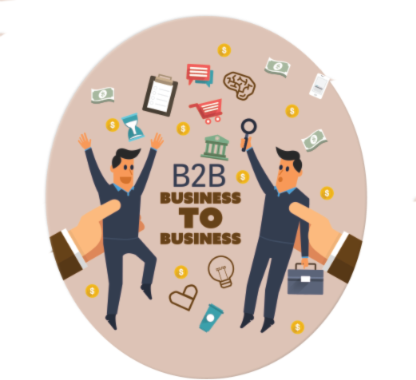Social marketing
- laura
- July 28, 2017
- Uncategorized
The following showed up in my mailbox a few moments ago
I commented to Steve that social marketing was about connecting with people, and businesses aren’t people. That’s why social marketing for B2B is hard: there are no people involved. Or, as he pointed out, B2B in the social space is bot to bot marketing.
Of course, there aren’t literal bots behind most brands. In the B2C space, brands have cultivated a social media presence that personifies the business in a way that appeals to their consumers. But that’s the brand projecting onto people and responding to people. When a business tries to connect to a business, it’s just two puppets talking.
Sure, there are small businesses where there isn’t the case. But generally businesses aren’t on social media to consume marketing. They’re on social media to generate marketing. They aren’t targets because you can’t market to a puppet.
But…
Of course, consumers aren’t on social media to absorb marketing, either, but there’s a bigger pool there. Even more importantly, most people on social media are there to relax and be entertained. They’re not thinking necessarily about what they need, they’re just out to be, well, social. In this context, they’re open to marketing and the right brand personification.
Business folks are either on social media as brands and have goals and work to do so they’re focused on their goals. Or they’re on social media to interact with colleagues or keep up with industry news. In this situation they may be open to marketing. But, the pool of potential customers is smaller. Brands don’t have to just find the right company, they also have to find the right person inside that company.
Still…
This isn’t to say businesses can’t successfully market to other businesses in the social space. They do. But they’re still marketing to people. Social media is about a social environment. Treating it solely as an advertising space misses the point of social media and risks alienating potential markets.
Email?
This does apply to email as well. Even when you’re marketing in the B2B space, you’re still contacting people. And the rules of permission still apply – no matter how hard B2B marketers try and tell us B2B is different. B2B isn’t different. If anything permission is much more important. Consumer mail providers are constrained in their filtering because they have a diverse user base. Businesses are less constrained because the user base is more uniform and there is no expectation that the business is going to let employees do anything they want with email.
While there are hundreds, if not thousands, of companies selling business addresses, it’s not OK. You’re still entering someone’s space, you need to respect that. Many B2B marketers don’t. And those of us who are your targets owe you nothing when you annoy us.
